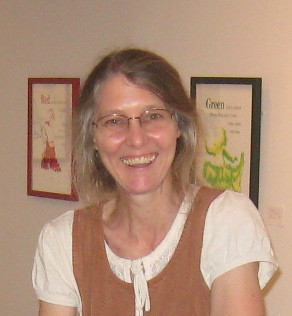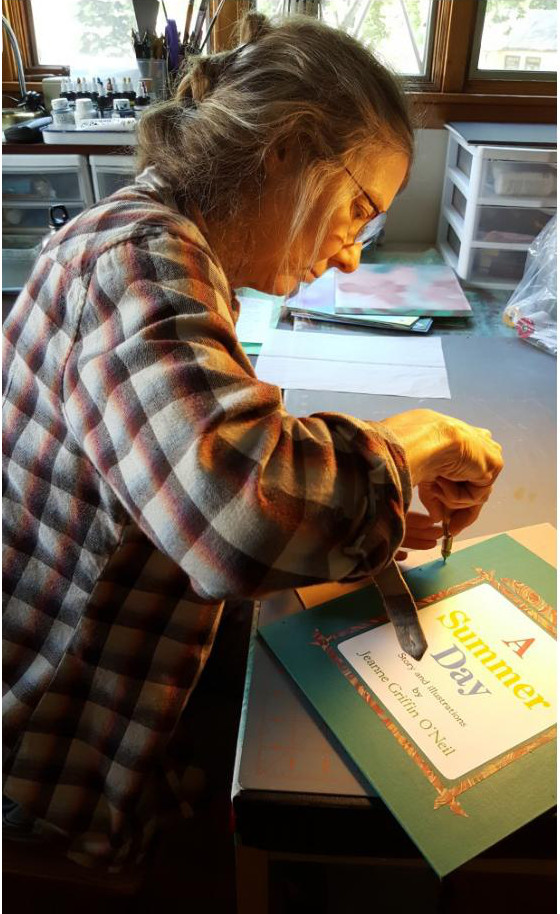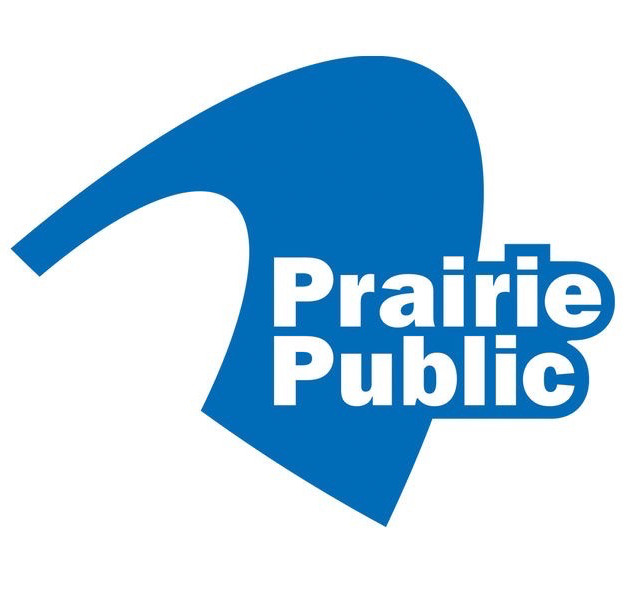Jeanne Griffin O'Neil

Jeanne Griffin O'Neil began her career in art as a mural artist with Active Artists, a mural cooperative she helped to form, based in Ames, Iowa. From 1976 to 1980, Jeanne painted over thirty murals with the cooperative. In 1979, Jeanne was a teacher/supervisor for a summer mural project for young teens sponsored by Youth and Shelter Services, Ames, Iowa. From 1980 to 1982, she was a teacher and supervisor for mural projects in Ames Elementary Schools, working with children from first through sixth grade.
From 1999 to 2021, Jeanne taught visual art in the Grand Forks Elementary School System, as an Artist-in-the-Classroom for the ArtWise program. Since 2019, Jeanne has been teaching at the University of North Dakota as the printmaking instructor for the Department of Art and Design.
Jeanne studied printmaking with Robert Hromyak, (1981-1982) at Iowa State University, with Jeannine Coupe-Ryding (presently of the Art Institute of Chicago), Ames, Iowa (1981-1982), and with Kim Fink, (2000-2006) at The University of North Dakota. She graduated with a degree in Honors from the University of North Dakota in the spring of 2006.
Artist Statement
Art is a form of language, a means of communication. The images I make are definitions of time and place; as in the changes of light behind bare trees, the patterns made by prairie grasses and by wind rows against the sky. I am also a folk musician and dancer. My art has similar repeating themes to those in the tunes and dances, things that repeat again and again, going round and round. I began making prints of farmsteads back in Iowa in the early 80's, interested in the combination of past and present co-existing in a place; old barns and buildings being gradually replaced by new structures, old wind rows dying and new ones planted, a sort of human signature on the landscape. However, it was not until we moved here to the Red River Valley, where it is so flat, that I began to see the farm houses and barns, sheds, grain bins, rows of evergreens and cottonwoods sitting on the flat line of the horizon as words, as lines of text. They become a language of human interaction with the land, against the ever-changing page of the sky.
Exhibits

- 1984: The Octagon Center for the Arts, solo exhibit, Ames, IA
- 1984: Mary Greeley Medical Center, solo exhibit, Ames, IA
- 1984 / 1985: The Octagon's Clay and Paper show, Ames, IA
- 2005: Plain Brown Wrapper's National Juried Print Portfolio for Undergraduate Students, University of North Dakota, Grand Forks, ND
- 2011 -2014: RiverWalkArtists Gallery, East Grand Forks, MN
- 2008: Urban Stampede - solo exhibit, Grand Forks, ND
- 2011: Urban Stampede - October Art and Wine Walk and Print Show, Grand Forks, ND
- 2003: Northwest Minnesota Art Exhibition, Crookston, MN
- 2004: Northwest Minnesota Art Exhibition, Warren, MN
- 2005: Northwest Minnesota Art Exhibition, Ada, MN
- 2012: "Lasting Impressions" - Jeanne Griffin O'Neil and Alan O'Neil - Third Street Gallery, Grand Forks, ND
- 2012: Pekin Days Art Show, Pekin, ND
- 2013: Fosston Library solo exhibit, Fosston, MN
- 2013: Mayor's Choice solo exhibit - Grand Forks City Hall, Grand Forks, ND
- 2013: Pekin Days Art Show, Pekin, ND
- 2012 / 13/ 14: Holiday Glow Art Tour and Sale, East Grand Forks, MN
- 2013-2014: Handmade for the Holidays - Third Street Gallery, Grand Forks, ND
- 2015: 47th Clay, Fiber, Paper, Glass, Metal, Wood National Exhibit- Octagon Art Center, Ames, IA
- 2016: "Colors of a Summer Day" - solo exhibit - Third Street Gallery, Grand Forks, ND
- 2017: Silkscreen Prints by Jeanne O'Neil, Northwest Minnesota Arts Council Gallery, East Grand Forks, MN
- 2019: Fables, Insults, and Reverence: the Animals of UND Art Collections, Empire Arts Center, Grand Forks, ND
- 2019: Her Vote Counts, UND Art Collections at the Empire, Empire Arts Center, Grand Forks, ND
- 2021: Faculty Art Exhibit, Department of Art and Design, University of North Dakota, Grand Forks, ND

Honors
- 2003:
Second Prize - Northwest Minnesota Art Exhibition.
- 2004:
Selected for inclusion in Northwest Minnesota Touring Art Exhibit.
- 2005:
Merit Printmaking - Northwest Minnesota Art Exhibition.
- 2011:
Urban Stampede - October Art and Wine Walk and Print show - People's choice award.
- 2012:
Honorable Mention - Printmaking - Pekin Art Show.
- 2013:
Second Place - Printmaking division - Pekin Art Show.
